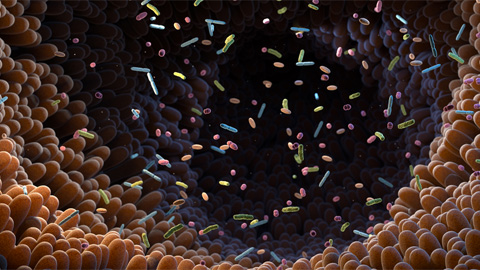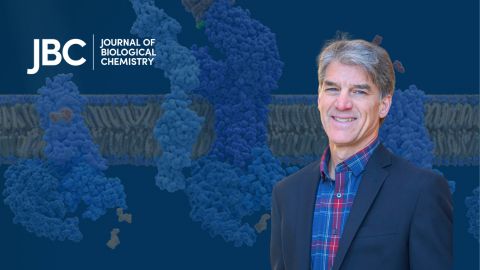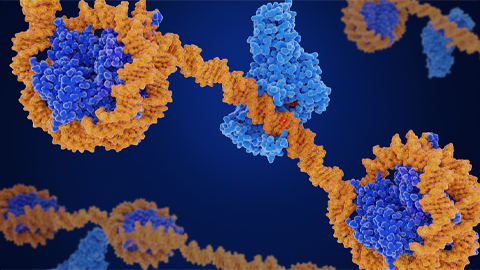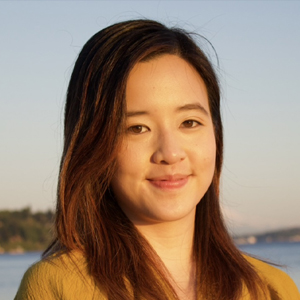Of yeasts and men: One-hour proteomes, 10 years apart
Ten years of advances in mass-spectrometry proteomics mean scientists now can comprehensively profile the human proteome in an hour or less.
In a new study published in the journal Molecular & Cellular Proteomics, Lia Serrano and Trenton Peters–Clarke from Joshua J. Coon’s laboratory at the University of Wisconsin–Madison reported a near-complete profiling of the human proteome with mass spectrometry, or MS, analysis run time of one hour or less.

“I could see that impacting pretty much any downstream application,” Peters–Clarke said. “Like the proteomics analysis of a patient’s blood plasma where you have a high dynamic range of proteins.”
In proteomics, complexity is defined by the number of different proteins expressed in a sample and how much their abundance varies from one another. This is among the key factors that limit how much of a comprehensive profile of the proteome can be obtained.
Complexity can be reduced by performing “offline fractionation” of peptides, or proteins that have been digested using enzymes, during sample processing. By contrast, in an approach known as “single-shot analysis,” scientists can choose to only separate peptides during the liquid chromatography, or LC, portion of LC-MS runs. Serrano, Peters–Clarke and colleagues chose the latter approach, which circumvents the time- and labor-intensive offline fractionation.
Ten years ago, Coon’s group profiled the proteome of a simple organism: yeast, also by single-shot analysis and within an hour. While this was a spectacular feat at the time, Coon recognized that a lab would need to do a lot more development before they could attempt something similar with a sample as complex as the human proteome. Only about 4,000 proteins are expressed in the yeast proteome, while researchers estimate 12,000–13,000 proteins expressed at any time in the human proteome.
In the 10 years between Coon’s one-hour yeast and human proteomes, scientists can hardly identify more than 5,000 proteins without offline fractionation, which can take anywhere between 10 to 100 hours. But a lot has happened in 10 years, such as Thermo Fisher Scientific’s 2023 release of the Orbitrap Astral mass spectrometer, which the authors highlighted as a major leap in the field of MS proteomics.
“So, we revisited the concept of the one-hour human proteome,” Coon said.
Serrano and Peters–Clarke said their group used very high pressure — almost 40,000 pounds per square inch — to pack their LC columns. This unique technique, combined with the speed and sensitivity of the Orbitrap Astral, ultimately facilitated their fast and sensitive single-shot MS analysis of the human proteome.
In the future, Serrano said, she feels compelled to investigate where the instrument’s strengths begin to plateau.
“For example, the relative increase in peptide identification from 30 to 60 minutes was not as large as that from 15 to 30 minutes,” she said. “It would be really cool to see at what point increasing run time would no longer give us anything more.”
On the other hand, Peters–Clarke wants to pursue a more well-rounded version of the one-hour human proteome.
“We’re not really taking into account post-translational modifications and alternative splicing, so that level of proteome analysis is missing,” he said. “In order to really call it the one-hour human proteome, we would like to see some of those features.”
“There's a lot to do,” Coon said. “But as a technical milestone, I think this is one worth celebrating.”
Enjoy reading ASBMB Today?
Become a member to receive the print edition four times a year and the digital edition monthly.
Learn moreGet the latest from ASBMB Today
Enter your email address, and we’ll send you a weekly email with recent articles, interviews and more.
Latest in Science
Science highlights or most popular articles

Scientists identify pan-cancer biomarkers
Researchers analyze protein and RNA data across 13 cancer types to find similarities that could improve cancer staging, prognosis and treatment strategies. Read about this recent article published in Molecular & Cellular Proteomics.

New mass spectrometry tool accurately identifies bacteria
Scientists develop a software tool to categorize microbe species and antibiotic resistance markers to aid clinical and environmental research. Read about this recent article published in Molecular & Cellular Proteomics.

New tool matches microbial and metabolic metaproteomic data
Scientists develop a bioinformatics program that maps omics data to metabolic pathways. Read about this recent article published in Molecular & Cellular Proteomics

Meet Paul Shapiro
Learn how the JBC associate editor went from milking cows on a dairy farm to analyzing kinases in the lab.

CRISPR epigenome editor offers potential gene therapies
Scientists from the University of California, Berkeley, created a system to modify the methylation patterns in neurons. They presented their findings at ASBMB 2025.

Finding a symphony among complex molecules
MOSAIC scholar Stanna Dorn uses total synthesis to recreate rare bacterial natural products with potential therapeutic applications.

